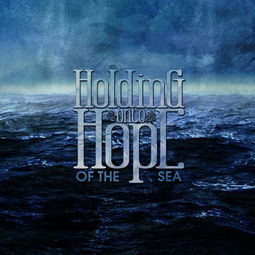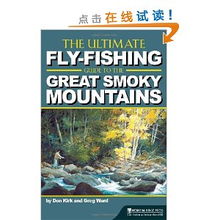Content:
Fishing, an ancient pastime that has stood the test of time, offers a unique blend of relaxation, patience, and the thrill of the hunt. Whether you're a seasoned angler or a beginner looking to cast your line into the unknown, mastering the art of fishing involves understanding the right methods, techniques, and embracing the spirit of the game. In this article, we'll delve into the essentials of how to fish effectively, from choosing the right gear to mastering the art of lure casting and reading the water.
Choosing the Right Gear
The first step in learning how to fish is selecting the appropriate gear. Here's a breakdown of the essential equipment you'll need:
Rod and Reel: The rod and reel combination is the backbone of your fishing setup. Choose a rod that matches the type of fishing you plan to do, whether it's freshwater or saltwater, and a reel that complements the rod's action.
Line: The type of line you use depends on the fish you're targeting and the environment you're fishing in. Monofilament, fluorocarbon, and braided lines each have their advantages and disadvantages.
Hooks: Hooks come in various sizes and shapes, and selecting the right one is crucial. Larger hooks are better for bigger fish, while smaller hooks are ideal for more delicate species.
Lures and Bait: Lures mimic the movement of natural prey, while bait is real food that attracts fish. Choose lures and bait that are appropriate for the species you're targeting.
Tackle Box: A tackle box is a must-have for storing all your fishing essentials, including extra hooks, sinkers, swivels, and line cutters.
Basic Techniques
Once you have your gear, it's time to learn the basic techniques:

Casting: Casting is the process of throwing your lure or bait into the water. There are several casting techniques, such as the overhead cast, sidearm cast, and roll cast. Practice these techniques to improve your accuracy and distance.
Baiting: If you're using live bait, learn how to properly rig it on your hook. For artificial lures, ensure they are set up correctly and ready to mimic the natural movement of prey.
Fishing Knots: Mastering the art of fishing knots is crucial for securing your line to your lure, hook, or leader. Common knots include the Palomar knot, improved clinch knot, and the uni knot.
Reading the Water: Observing the water's surface can give you valuable clues about where fish might be. Look for signs like surface disturbances, baitfish activity, and vegetation.
Advanced Techniques
As you gain experience, you can delve into more advanced techniques:
Trolling: Trolling involves moving your boat at a steady speed while dragging a lure or bait behind it. This technique is effective for catching fish that follow schools of baitfish.
Jigging: Jigging involves quickly lifting and dropping a weighted lure or jig in the water to mimic the action of a struggling prey. This technique is particularly effective for bottom-dwelling fish.
Fly Fishing: Fly fishing requires a different set of skills and equipment. Learn how to cast a fly rod and tie the appropriate flies to attract fish.
Night Fishing: Night fishing can be a unique and exciting experience. Learn how to use night fishing lights and understand the behavior of nocturnal fish.
The Thrill of the Game
Fishing is more than just catching fish; it's about the experience and the challenge. The thrill of the game lies in the unpredictability of it all. You might spend hours waiting for a bite, and then suddenly, you'll feel the tug of a fish on your line. It's this moment of tension and anticipation that keeps anglers coming back for more.
In conclusion, mastering the art of fishing involves a combination of knowledge, skill, and patience. By understanding the right methods, techniques, and embracing the spirit of the game, you'll be well on your way to becoming a proficient angler. So, grab your rod, tie on your line, and venture out into the great outdoors to experience the timeless joy of fishing.












